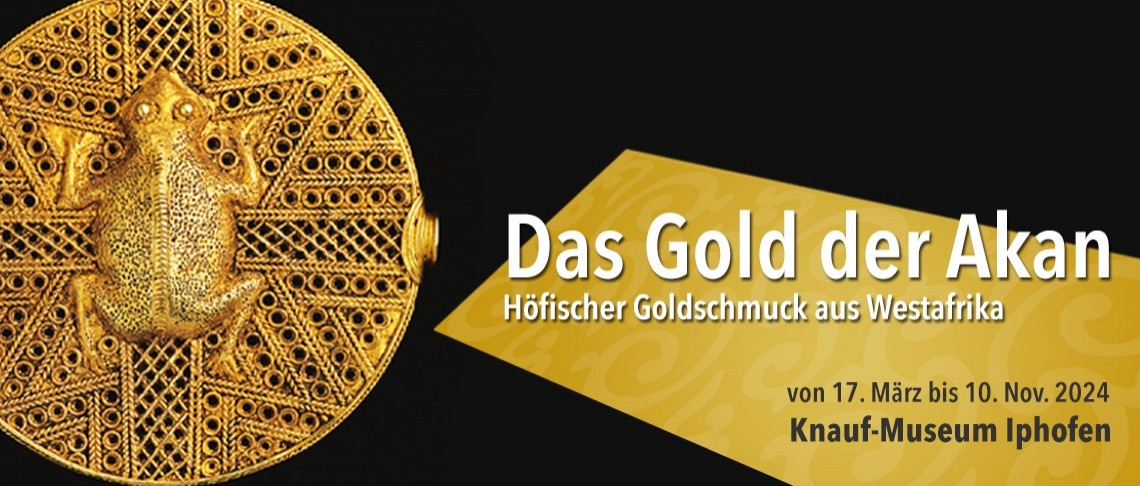The Gold of the Akan
The collection "Akan Gold“ ist not on view in 2024.
The artistically and ethnologically unique collection of African Gold is seen as a counterpoint to the collection of contemporary art.
The gold objects, which convince with their formal richness and expressiveness, represent important historical and artistic artefacts of various tribes of the Akan ethnic group, who live in West Africa in the regions comprised by the southern half of Ghana and south-eastern Côte d’Ivoire. In the main, the roughly 600 items of jewellery and cult objects, which derive largely from the royal households of the Ashanti, Baule and Fante, date from the 19th and 20th centuries although some individual pieces are far older. However, whatever their age, in view of the geometry of their basic forms and elementary figurativeness, the pieces of the "Akan Gold" collection offer the chance to make a wealth of instructive comparisons with modern art.
The exhibits in the Liaunig collection, which include examples of all the most important types of Akan artefacts, display both outstanding aesthetic quality and a very high degree of craftsmanship, as demonstrated by the extremely fine and delicate waxed thread technique pieces. They provide an insight into the art and culture of the individual courts of the Akan and form one of the world’s largest and most significant collections of this type. Collections of comparable dimensions are only found in the British Museum in London, the Museum of Fine Arts in Houston and the Gold of Africa Museum in Cape Town.
The "Akan Gold" collection was documented scientifically by Doran H. Ross und Georg Eisner in the catalogue of the same name published in 2008.
